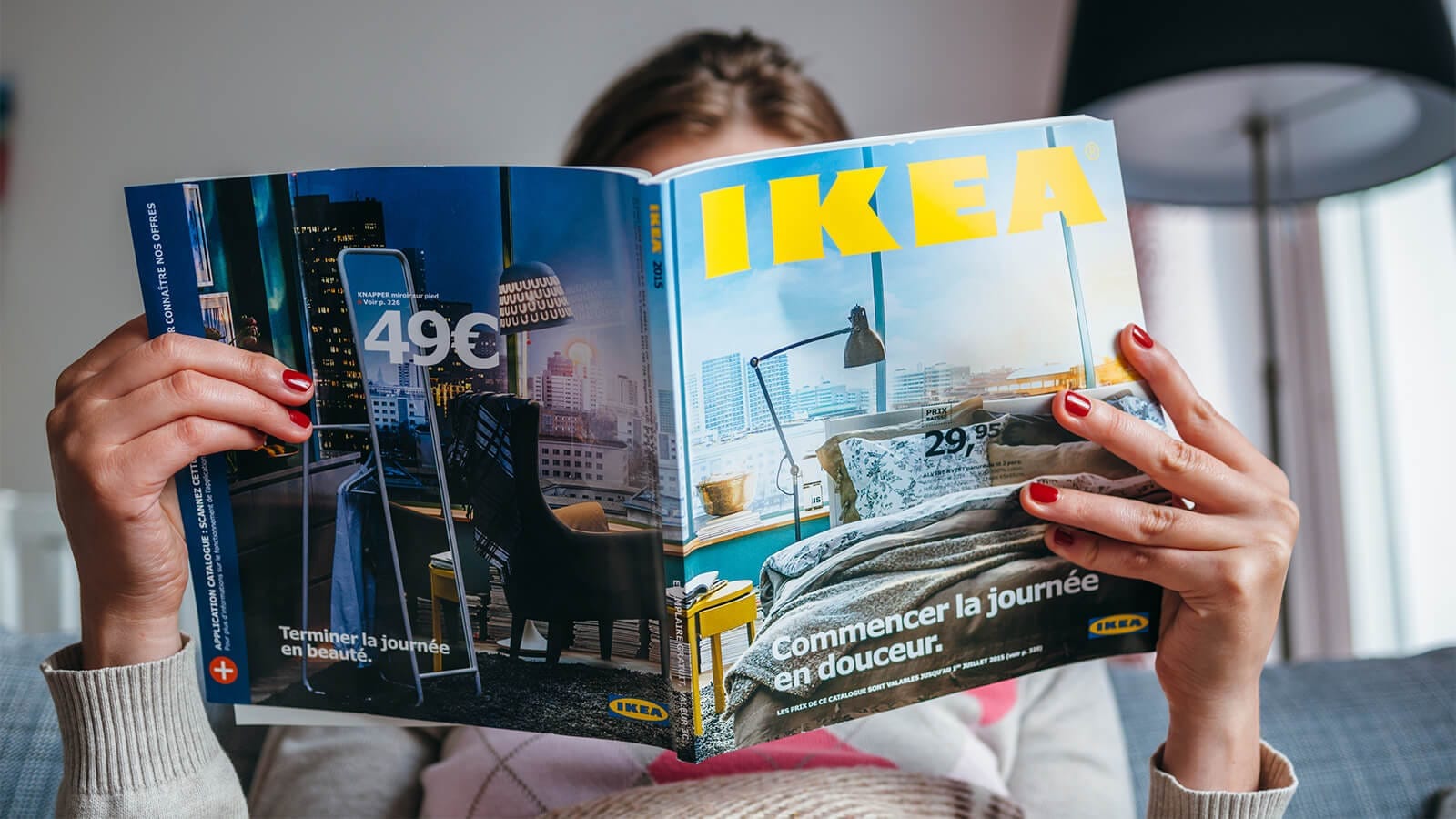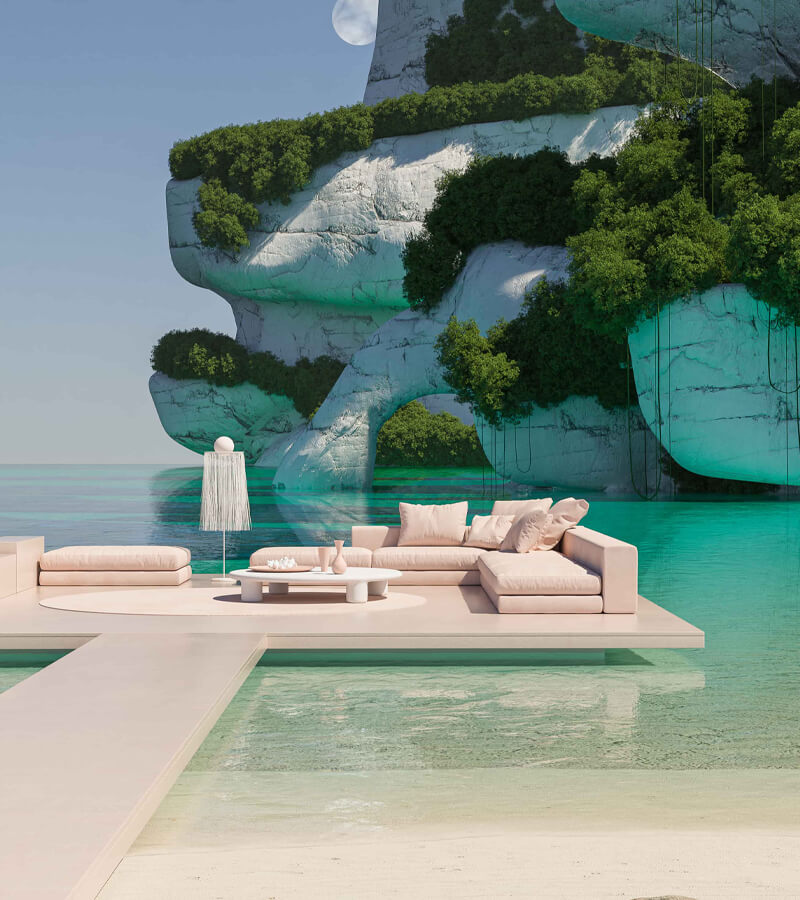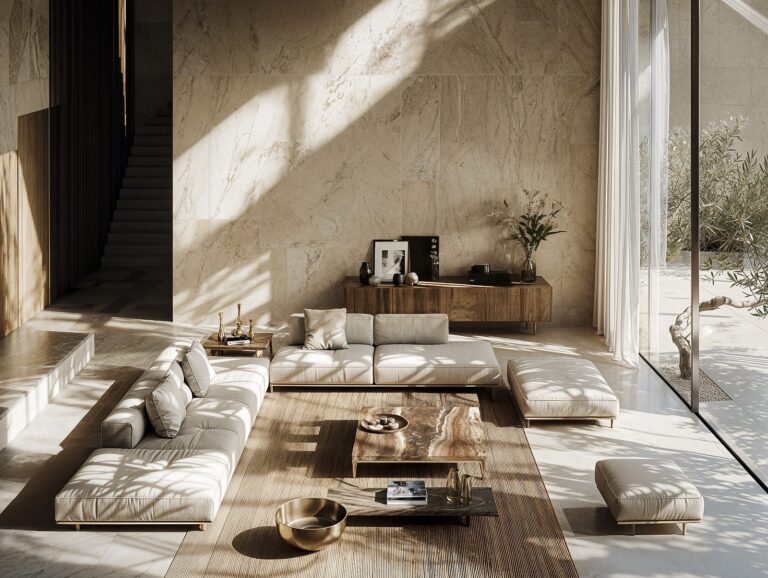Green living, once a choice, has become a requirement for everyone. Green living has become our only solution to prevent the rapid depletion of natural resources, exacerbation of global warming, and pollution at irreversible levels. Many industries have been trying to lower the carbon footprint of their operations. Recently, climate activist Greta Thunberg spoke out about the fashion industry’s futile sustainability campaigns.
What is Green Living?
Green living, also known as sustainable living, is a lifestyle that is more eco-centric. Every choice made through this lifestyle strives to decrease negative impacts on the environment. Some ways of going green are cutting down energy consumption, lessening waste production, minimizing pollution, and innovating environmentally friendly solutions.
Understanding the gravity of the issue, most tech giants and even small businesses are taking up sustainability practices.
Advantages of Going Green for Businesses
While sustainable practices help the Earth heal, it is also beneficial to businesses. The following are some of the benefits of going green.
Conscious Consumers
Due to extensive campaigns about the industrial impact on Earth, consumers are becoming more conscious about their purchasing behavior. They want to make sure to contribute to the going green revolution. Hence, they are associating themselves with the brands that are working towards lowering their carbon emissions. Businesses that promote green living will enjoy the loyalty of existing buyers and attract new ones.
Tax Benefits
To encourage and reward businesses that are going green, many governments offer subsidies and tax benefits. According to Forbes, businesses can get various tax credits on energy improvements, charitable donations, and electric vehicle incentives.

All product images in IKEA’s Catalogue are created using 3D technology, saving prototype materials
Increased Savings
Through practices of green living, businesses cut down many unimportant costs. This is possible by using energy-efficient appliances, avoiding unnecessary production, reusing, and recycling when needed. With the savings from these efforts, businesses can invest more in the consumers or further going green projects.
Green Reputation
Businesses can also benefit by adding the green living element to their brands. A positive emotion entails whenever prospective buyers come in contact with products and services from a green brand. They consider these brands more responsible and are more likely to form strong connections with them.
3D to the Rescue: A Flexible Solution
As we look towards the future, 3D seems the best solution that satisfies both business and ecological needs.
- Eco-friendly Approach: Most 3D work happens on computers, and its wastage is next to none. They do not produce any wastage as there is no need for physical materials. These digital works are also editable and easy to store.
- Fewer Costs: Compared to traditional advertising methods, 3D techniques are less expensive. Besides, these attractive and realistic images can be created in less time and are more impactful.
- High Flexibility: This virtual imagery can be easily altered, managed, and promoted on social media channels. 3D can be modified according to changing customers’ preferences without needing much cost or effort.
How to Go Green With 3D?
3D is one such eco-friendly, flexible and aesthetic solution, especially for creative industries for their marketing and promotions. These techniques and technologies ease the transition from the current living style into green living.
Digital Blueprints
When it comes to creating blueprints and models for creative fields like interior designing, 3D is the ultimate solution. Brands can use 3D renderings and technologies like augmented reality to create virtual prototypes and 3D walkthrough videos.
Marketing Campaigns
Brands can also go green by creating their marketing campaigns using 3D technology. These digital campaigns not only have a broader reach but also improve the attention span of consumers. Businesses can also attract their target audience using the latest digital marketing trends, including 3D avatars, virtual influencers, and NFTs.
Virtual Clothing
As the pandemic disrupted the world, 3D design and art helped the fashion industry navigate a new reality. 3D designers created digital clothes to showcase and promote their new collections. Virtual fashion also curbs one-time consumption and production, decreasing the waste that goes into landfills.
Online Commerce
More buyers now prefer online shopping to physical shopping. Businesses can go green and promote their products through virtual spaces. They can test out different product variations before production through e-commerce sites. This helps to eliminate the manufacturing of less popular products, thereby reducing waste.
3D Meets Green Living: A Optimistic Future
As the inhabitants of Earth, green living is the only way to sustain the present and future generations. In addition to the advantages of going green using 3D, businesses need to consider the energy usage in the render farms. Businesses have to strike a strategic balance between going green and their operations.



